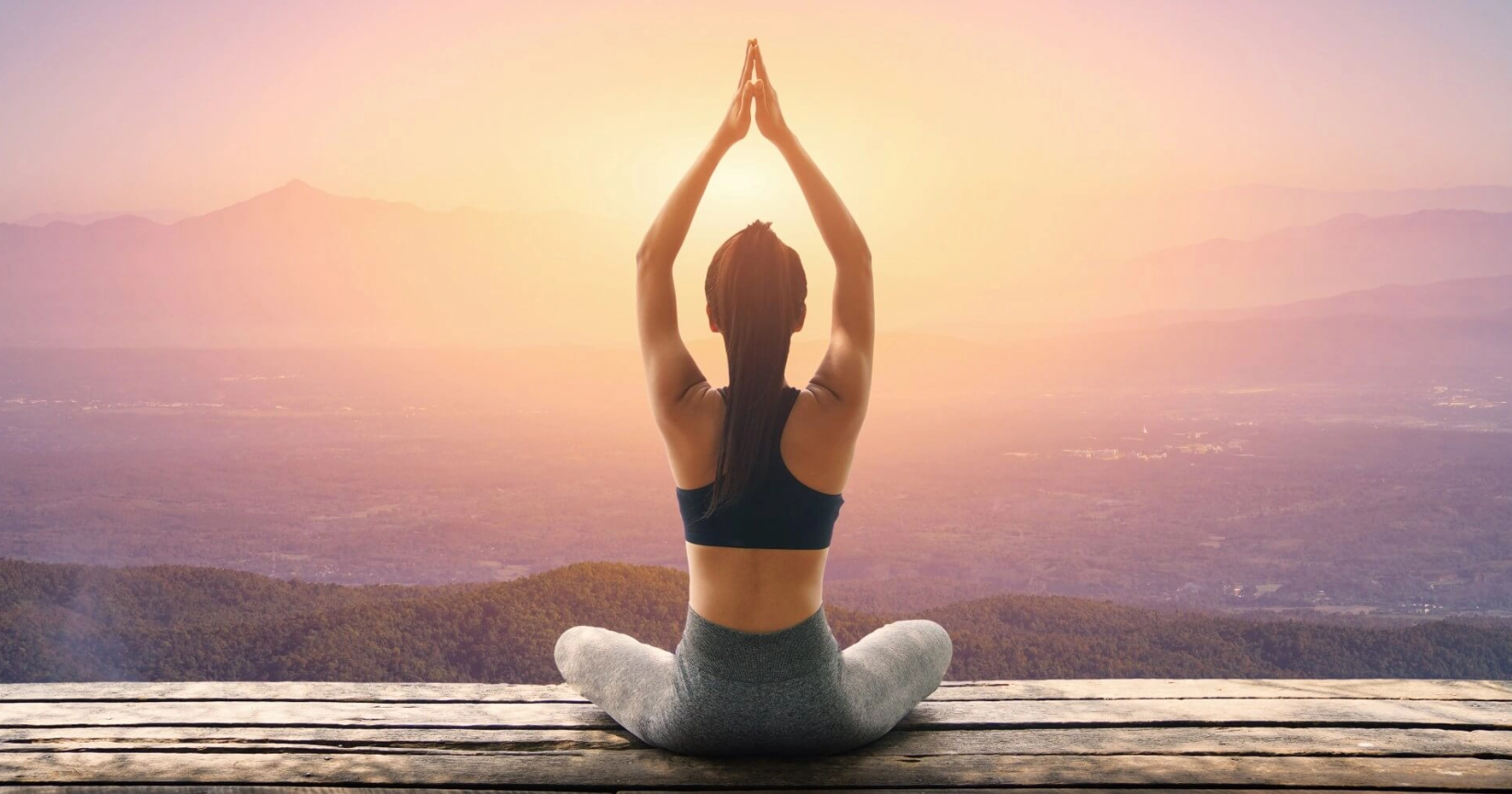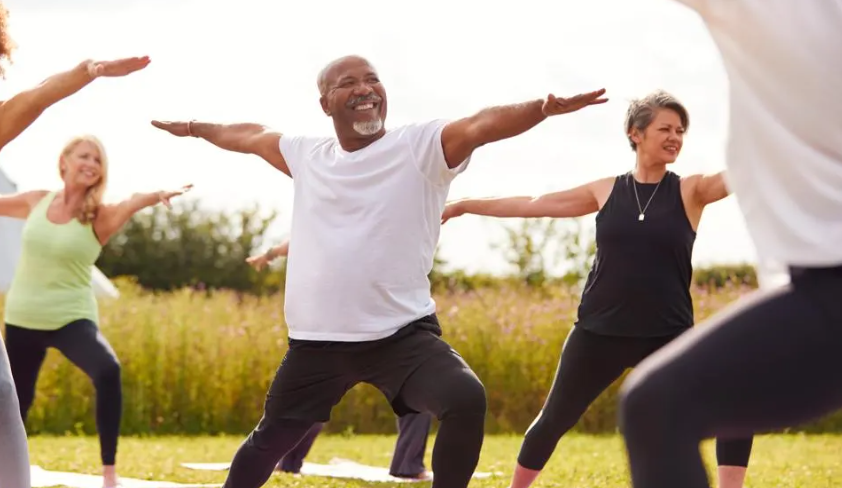Disclosure: This post may contain affiliate links. If you purchase through these links, we may earn a commission at no additional cost to you.
By Jessica Williams - Certified Yoga Instructor & Equipment Specialist
Published: January 23, 2025 | Reading Time: 10 minutes
Yoga Equipment for Beginners: Essential Gear Guide and Buying Tips
Starting your yoga journey can feel overwhelming, especially when faced with endless equipment options and conflicting advice about what you "need" to practice. The truth is, yoga requires minimal equipment – you can practice with just your body and a small floor space. However, the right props can enhance your practice, improve alignment, prevent injury, and make challenging poses more accessible. This comprehensive guide will help you understand what equipment is truly essential, what's nice to have, and how to make smart purchasing decisions as a beginner.
Quick Start Tip
You can begin practicing yoga with absolutely no equipment! Try a few online classes using a towel on carpet or grass outdoors. Once you're committed to regular practice, investing in a quality yoga mat is your first priority.
Essential Equipment (Must-Have)
Yoga Mat
$15 - $120
Why it's essential: Provides grip, cushioning, and defines your practice space. A good mat prevents slipping and supports proper alignment.
Buying guide: Look for 4-6mm thickness, good grip texture, and standard size (68" x 24"). PVC mats offer best grip; eco-friendly options include natural rubber or cork.
Top beginner recommendation: Gaiam Print Yoga Mat (4mm) - affordable, durable, and attractive designs.
Yoga Blocks (Set of 2)
$8 - $35
Why they're essential: Bring the floor closer to you, support proper alignment, and make poses accessible. Crucial for beginners with limited flexibility.
Buying guide: Foam blocks are lightweight and affordable. Cork blocks are eco-friendly and durable. Standard size: 9" x 6" x 4".
Usage: Support seated poses, assist standing forward folds, and modify challenging postures.
Yoga Strap
$6 - $25
Why it's essential: Extends your reach, assists with binding poses, and helps achieve proper alignment in stretches.
Buying guide: 6-8 feet long, cotton or hemp material, with D-ring or buckle closure. Avoid elastic straps for beginners.
Key uses: Seated forward folds, shoulder stretches, and binding poses like Cow Face Pose.
Helpful Equipment (Nice-to-Have)
Yoga Bolster
$25 - $80
Benefits: Supports restorative poses, meditation, and deep relaxation. Essential for yin yoga and pregnancy modifications.
When to buy: After 3-6 months of regular practice, especially if you enjoy gentle or restorative styles.
Alternative: Firm pillows or folded blankets can substitute initially.
Yoga Blanket
$15 - $60
Benefits: Provides warmth during Savasana, supports poses, and can substitute for a bolster when folded.
Material guide: Cotton is versatile and washable. Wool provides excellent warmth but requires special care.
Size: Look for blankets at least 50" x 80" for full coverage.
Meditation Cushion
$20 - $75
Benefits: Elevates hips above knees for comfortable seated meditation, reduces leg numbness and back strain.
Types: Zafu (round), Zabuton (square mat), or rectangular cushions. Height depends on your flexibility.
Alternative: Folded blanket or firm pillow works for beginners.
Yoga Wheel
$25 - $85
Benefits: Assists with backbends, releases tension, and builds strength. Great for intermediate practitioners.
Caution: Not recommended for complete beginners. Wait until you're comfortable with basic backbends.
Size guide: 12" diameter is most versatile for average-height practitioners.
Yoga Mat Buying Guide
🎯 Choosing Your First Yoga Mat
Mat Materials - Pros & Cons
PVC (Polyvinyl Chloride)
- Excellent grip and durability
- Easy to clean
- Affordable options available
- Not eco-friendly
- Can have chemical odor initially
Natural Rubber
- Eco-friendly and biodegradable
- Excellent grip, especially when damp
- Naturally antimicrobial
- Heavier than synthetic options
- Latex allergy concerns
- More expensive
Thickness Guide:
- 3mm: Travel-friendly, less cushioning, better stability for standing poses
- 4-5mm: Best balance of comfort and stability for most practitioners
- 6mm+: Maximum cushioning, good for restorative practice, less stable for balance poses
Budget-Friendly Equipment Guide
💰 Equipment Budget Tiers
Starter Budget: Under $50
- Basic PVC yoga mat (4mm): $15-25
- Foam yoga blocks (set of 2): $8-15
- Cotton yoga strap: $6-12
- Total: $29-52
This setup covers all essentials for a solid beginner practice.
Intermediate Budget: $50-150
- Premium PVC or eco-friendly mat: $40-70
- Cork yoga blocks: $15-25
- Hemp yoga strap: $12-20
- Yoga blanket: $20-35
- Total: $87-150
Higher quality items that will last years with regular use.
Premium Setup: $150+
- Professional-grade mat (Manduka, Liforme): $80-120
- Cork blocks and wooden props: $30-50
- Organic cotton or hemp accessories: $25-40
- Bolster and meditation cushion: $60-100
- Total: $195-310
Investment-quality equipment for serious practitioners.
Where to Buy Yoga Equipment
Online Retailers
Best for: Competitive prices, wide selection, customer reviews
Recommended sites: Amazon, Gaiam, Manduka, YogaOutlet, Dick's Sporting Goods
Pro tip: Read reviews carefully and check return policies for mat purchases.
Local Yoga Studios
Best for: Supporting local business, trying before buying, expert advice
Benefits: Often offer student discounts, quality curated selection
Note: Prices may be higher, but you support your yoga community.
Sporting Goods Stores
Best for: Immediate availability, competitive pricing on basics
Stores: Target, Walmart, Dick's, Big 5 Sporting Goods
Limitation: Selection may be limited to basic options.
Equipment Care and Maintenance
Making Your Equipment Last
- Mat cleaning: Wipe down after each use with mat cleaner or diluted vinegar solution
- Storage: Roll mats loosely, store blocks in dry area, hang straps to air dry
- Deep cleaning: Wash props in gentle cycle, air dry completely before storage
- Mat lifespan: Quality mats last 1-2 years with regular use, replace when grip deteriorates
- Rotation: Having two mats allows one to fully dry while using the other
When to Upgrade Your Equipment
Consider upgrading your yoga equipment when:
- Your mat starts losing grip or developing permanent indentations
- You've been practicing consistently for 6+ months and want better quality
- You're exploring new yoga styles that require specific props
- Your current equipment is causing discomfort or limiting your practice
- You're ready to invest in eco-friendly or premium materials
Equipment-Free Alternatives
🏠 Household Items as Yoga Props
- Books or soup cans: Substitute for yoga blocks in seated poses
- Belt or tie: Works as a yoga strap for binding poses
- Firm pillow: Can replace a bolster for restorative poses
- Wall: Perfect for supported poses and inversions
- Chair: Assists with balance poses and seated stretches
- Towel: Provides traction on smooth surfaces, works as eye pillow when folded
Building Your Equipment Collection
As a beginner, build your yoga equipment collection gradually:
Month 1-2: Start Simple
Begin with a basic mat and blocks. Many beginners rush into buying everything at once, but starting minimal helps you understand what you actually need.
Month 3-6: Add Comfort
Once you're practicing regularly, add a strap and blanket. These enhance your practice without overwhelming your space or budget.
Month 6+: Specialize
Based on your favorite yoga styles, add specialized props like bolsters for restorative practice or meditation cushions for longer seated practices.
Conclusion: Remember that yoga equipment should enhance, not complicate, your practice. Start with the essentials – a good mat, blocks, and strap – then add items based on your evolving needs and preferences. The most important equipment you have is your body and breath. Quality props can support your journey, but they should never become a barrier to practicing. Whether you're working with top-of-the-line equipment or makeshift household items, the transformative power of yoga remains the same.
Next: 30-Day Yoga Challenge → ← Previous: Prenatal Yoga Safety View All Posts
Topics:
HealthHub Team
Wellness expert and certified instructor sharing evidence-based health tips and practical fitness advice to help you live your healthiest life.



